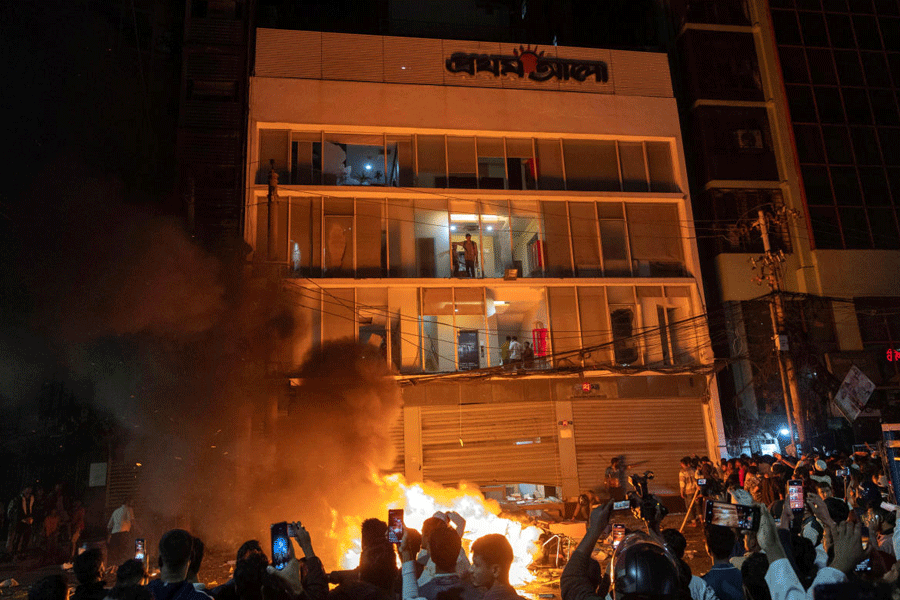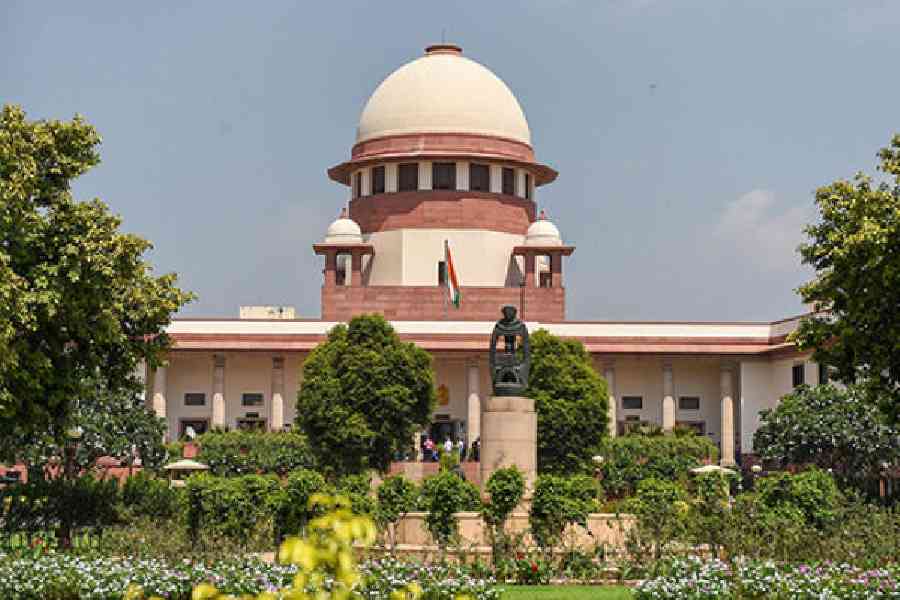The Centre tends to act in stealth, has little patience for wider consultation, and loves to spring surprises. There was clear evidence of this when the finance minister, Arun Jaitley, announced the merger of three State-run banks — Bank of Baroda, Dena Bank and Vijaya Bank — with the intention of creating the third largest lender in the country. The decision to merge the three banks was taken under the ‘alternative mechanism’ that was formulated in November last year to consider and approve amalgamation of public sector banks. This is really a cabal of ministers headed by Mr Jaitley and includes the defence minister and the coal minister. The group was supposed to vet and approve proposals for mergers that were hashed out by the banks. But it does not seem to have worked that way. The top executive of Vijaya Bank blurted out before television cameras after the announcement that he had got to know of the merger only after the press conference.
Bank consolidation is not a bad idea to start with. There are 21 State-owned commercial banks in the country. Many of them are weighed down by a legacy of bad loans. After an aggressive asset quality review, the Reserve Bank of India tightened loan default recognition rules and started to place operational restrictions on the laggards under the ‘prompt corrective action framework’. Dena Bank — the smallest of the three banks proposed to be amalgamated — has the worst record in the industry with a net non-performing assets ratio of 11.04 per cent. The bank, which has a large operational base in the west, especially Gujarat, had to be rescued from ruin. This merger will do precisely that. Both Bank of Baroda and Vijaya Bank — with net NPAs of 5.4 per cent and 4.1 per cent, respectively — are relatively healthy.
After being presented with a virtual fait accompli, the boards of the three banks must now work through a tough merger process, which will be fraught with problems arising out of style of functioning, culture and technological and human resources issues. It is not going to be easy. Kotak Mahindra Bank’s merger with ING Vysya Bank took more than a year to complete. But those two were private banks. Public sector banks — the government as the owner would be breathing down their necks — may be able to close the deal by the proposed date of March 31 next year. The immediate challenge is to work out the valuations that will form the basis for the share swap ratio. If the valuation tilts in favour of Dena Bank in which the government has an 80.7 per cent holding, minority shareholders of Bank of Baroda and Vijaya Bank will be peeved.










